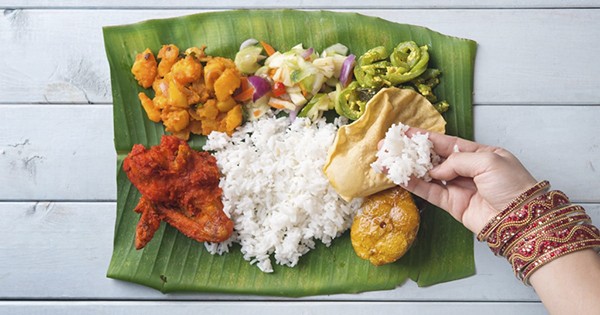The primary reason why chopsticks are not commonly used in Cambodia and Myanmar is due to the historical and cultural influences on their dining practices. Here are some factors that contribute to the limited use of chopsticks in these countries:
- Cultural Traditions: Cambodia and Myanmar have their own distinct cultural traditions and culinary practices. These traditions have developed over centuries and have been shaped by local customs, historical influences, and regional preferences. Traditional Cambodian and Burmese cuisine typically rely on spoons and fingers as the primary eating utensils.
- Historical Influences: Cambodia and Myanmar have experienced various historical influences that have shaped their dining cultures. For example, French colonization had a significant impact on Cambodia, introducing Western dining customs and utensils like spoons and forks. Similarly, Myanmar has been influenced by neighboring countries like India and Thailand, which have their own dining traditions that do not emphasize the use of chopsticks.
- Regional Factors: Geographical proximity and cultural exchange play a role in determining dining practices. Cambodia and Myanmar are located in Southeast Asia, where the predominant use of spoons and fingers is more common compared to chopstick-centric cultures like China, Japan, or Korea. The availability of local ingredients and cooking techniques also contribute to the development of specific utensil preferences.
- Comfort and Convenience: The use of spoons and fingers in Cambodian and Burmese cuisines aligns with the types of dishes typically consumed. These utensils are well-suited for the consumption of rice, curries, soups, and other dishes commonly found in the region. Using spoons and fingers allows for efficient scooping, mixing, and enjoying the diverse textures and flavors of the food.
It’s important to note that while chopsticks may not be commonly used in everyday dining in Cambodia and Myanmar, there can be exceptions within specific communities or in restaurants serving cuisines where chopsticks are traditionally utilized, such as Chinese or Vietnamese cuisine. Additionally, globalization and cultural exchange have led to the adoption of different dining practices and utensils in certain urban areas or among younger generations.
SHARE
